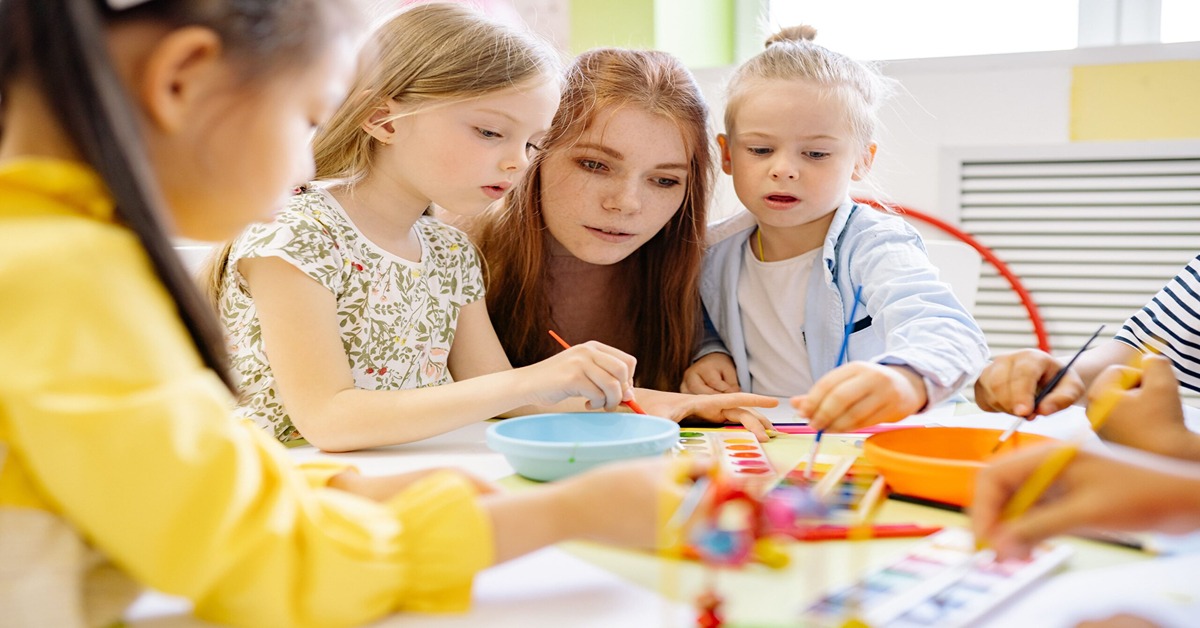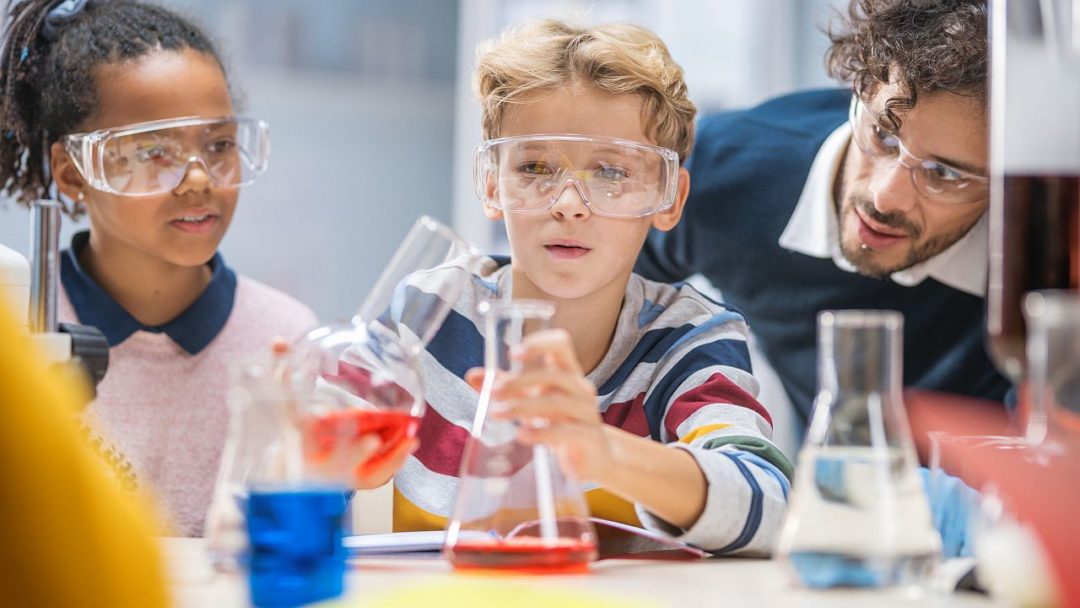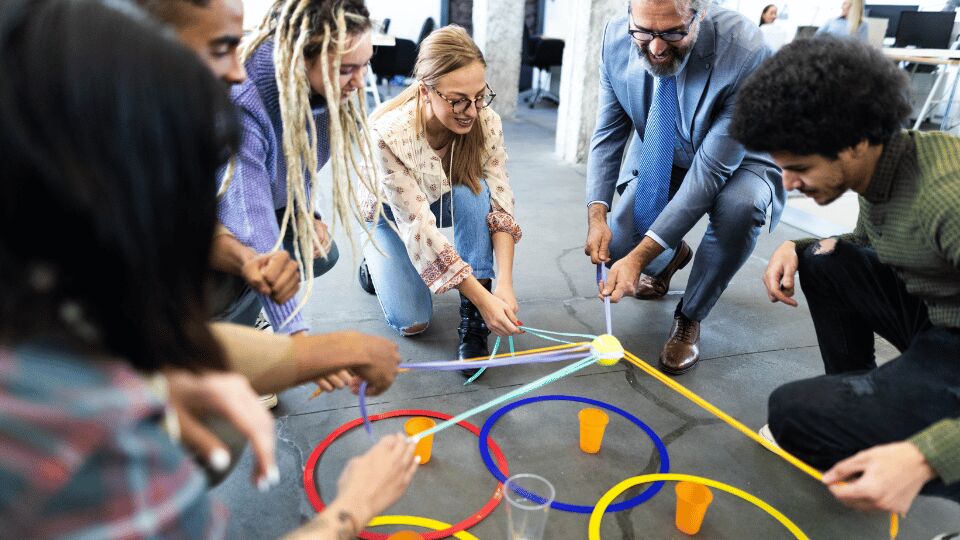
Experiential Activities in Teaching and Learning
Experiential learning is a pedagogical approach that emphasizes active, hands-on experiences to facilitate deeper understanding and long-term retention of knowledge. Unlike traditional methods that rely solely on lectures and textbooks, experiential activities provide students with opportunities to engage with concepts in a more meaningful and interactive way.

The Role of Experiential Activities in Teaching and Learning
Experiential activities play a pivotal role in modern education, providing a hands-on and immersive approach to learning. These activities go beyond traditional classroom lectures and textbooks, allowing students to engage with concepts in a more meaningful and memorable way.
Key Benefits of Experiential Activities:
- Enhanced Understanding: Experiential learning helps students grasp complex concepts more deeply by applying theoretical knowledge to real-world scenarios.
- Improved Retention: Activities that involve active participation and problem-solving solidify learning, making it easier for students to retain information.
- Skill Development: Experiential activities foster critical thinking, problem-solving, creativity, and collaboration skills.
- Motivation and Engagement: Students are more likely to be motivated and engaged when they can see the practical applications of their learning.
- Personalized Learning: Experiential activities can be tailored to individual students’ needs and interests, promoting personalized learning.
Types of Experiential Activities: A Detailed Overview

Experiential activities offer a diverse range of opportunities for students to engage with learning in a meaningful and interactive way. Here’s a breakdown of some of the most common types, along with their key characteristics and potential applications:
1. Field Trips Experiential Activities
- Definition: Visits to external locations, such as museums, historical sites, natural environments, or businesses.
- Benefits: Provides firsthand exposure to real-world phenomena, fosters context-based learning, and enhances understanding of theoretical concepts.
- Examples:
- Visiting a science museum to explore interactive exhibits and experiments.
- Going on a nature walk to observe local flora and fauna.
- Touring a factory to learn about manufacturing processes.
2. Simulations
- Definition: Recreations of real-world situations or environments, often using technology or role-playing.
- Benefits: Allows students to experience scenarios without the risks involved, promotes problem-solving and decision-making skills, and can be customized to specific learning objectives.
- Examples:
- Using flight simulators to practice flying techniques.
- Role-playing a courtroom trial to understand the legal process.
- Simulating a natural disaster to learn about emergency response procedures.
3. Projects and Experiments
- Definition: Hands-on activities that involve students designing, conducting, and analyzing experiments or projects.
- Benefits: Encourages critical thinking, problem-solving, and creativity, fosters scientific inquiry, and allows for personalized learning experiences.
- Examples:
- Conducting a science experiment to test a hypothesis.
- Building a model of a solar system.
- Creating a multimedia presentation on a historical topic.
4. Role-Playing Experiential Activities
- Definition: Taking on different roles and perspectives to explore various scenarios and situations.
- Benefits: Promotes empathy, understanding of different viewpoints, and communication skills, and can be used to address social and emotional issues.
- Examples:
- Role-playing historical figures to understand their motivations and decisions.
- Simulating a job interview to practice interview skills.
- Role-playing different characters in a play or skit.
5. Community Service Experiential Activities
- Definition: Engaging in activities that benefit the community and contribute to social good.
- Benefits: Fosters a sense of civic responsibility, develops leadership and teamwork skills, and provides opportunities to apply classroom learning to real-world problems.
- Examples:
- Volunteering at a local food bank.
- Participating in environmental cleanup efforts.
- Tutoring students in need.
6. Virtual Reality (VR) and Augmented Reality (AR)
- Definition: Immersive technologies that create simulated experiences or enhance the real world with digital information.
- Benefits: Offers unique learning opportunities, provides realistic simulations, and can be used across various subjects.
- Examples:
- Exploring historical sites or natural environments through VR.
- Using AR to visualize complex scientific concepts.
- Practicing surgical procedures in a VR simulation.
By incorporating a variety of experiential activities into their teaching, educators can create engaging, effective, and memorable learning experiences for their students.
See also:
Full-time Teachers for Public Schools
Additional Considerations for Experiential Activities

Would you like to explore a specific type of experiential activity or discuss how to implement them in your classroom?
While the types of experiential activities mentioned above offer a wide range of opportunities for engaging students, there are a few additional factors to consider for effective implementation:
Alignment with Learning Objectives
- Ensure that experiential activities directly support the learning objectives of the course or lesson. This helps students see the relevance and purpose of the activities.
Safety and Accessibility
- Prioritize safety in all experiential activities, especially those involving physical activities or field trips.
- Ensure that activities are accessible to all students, including those with disabilities. Consider making accommodations as needed.
Assessment and Evaluation
- Develop appropriate assessment methods to measure students’ learning outcomes from experiential activities. This can include reflective journals, presentations, group projects, or performance assessments.
- Use formative assessment to monitor student progress and make adjustments as needed.
Debriefing and Reflection
- Facilitate discussions and reflective activities after experiential activities to help students process their experiences and connect them to the learning objectives.
- Encourage students to share their thoughts, insights, and challenges.
Collaboration with Experts
- Consider collaborating with experts in the field to provide students with authentic experiences and insights. This can include guest speakers, field trip guides, or mentors.
Integration with Other Learning Approaches
- Experiential activities can be effectively integrated with other learning approaches, such as traditional instruction, online learning, or project-based learning.
- Combine hands-on experiences with theoretical knowledge to create a well-rounded learning experience.
Adaptability to Different Learning Styles
- Recognize that students have diverse learning styles and adapt experiential activities to accommodate different preferences. For example, provide options for visual, auditory, and kinesthetic learners.
Cultural Sensitivity
- Be mindful of cultural differences and sensitivities when designing and implementing experiential activities. Ensure that activities are inclusive and respectful of all students’ backgrounds.
By carefully considering these factors, educators can maximize the benefits of experiential activities and create meaningful and effective learning experiences for their students.
A successful case of PBL in STEM education is the “Mars Rover Challenge,” a popular competition that engages students in designing and building robotic rovers to complete simulated missions on Mars. In this challenge, students work in teams to research planetary science, engineering principles, and programming concepts. They then apply their knowledge to design, build, and test their rovers, which are evaluated based on their performance in various tasks, such as traversing terrain, collecting samples, and communicating with a base station.
A Successful Case of Experiential Activities: Project-Based Learning in STEM Education
The Mars Rover Challenge has several benefits:
- Engaging and Motivating: Students are highly motivated to participate in the challenge due to the exciting and realistic nature of the project.
- Collaborative Learning: Working in teams fosters collaboration, communication, and problem-solving skills.
- Real-World Applications: Students apply their knowledge and skills to real-world challenges, making learning more relevant and meaningful.
- STEM Career Development: The challenge can inspire students to pursue careers in STEM fields, as they see the practical applications of their studies.
